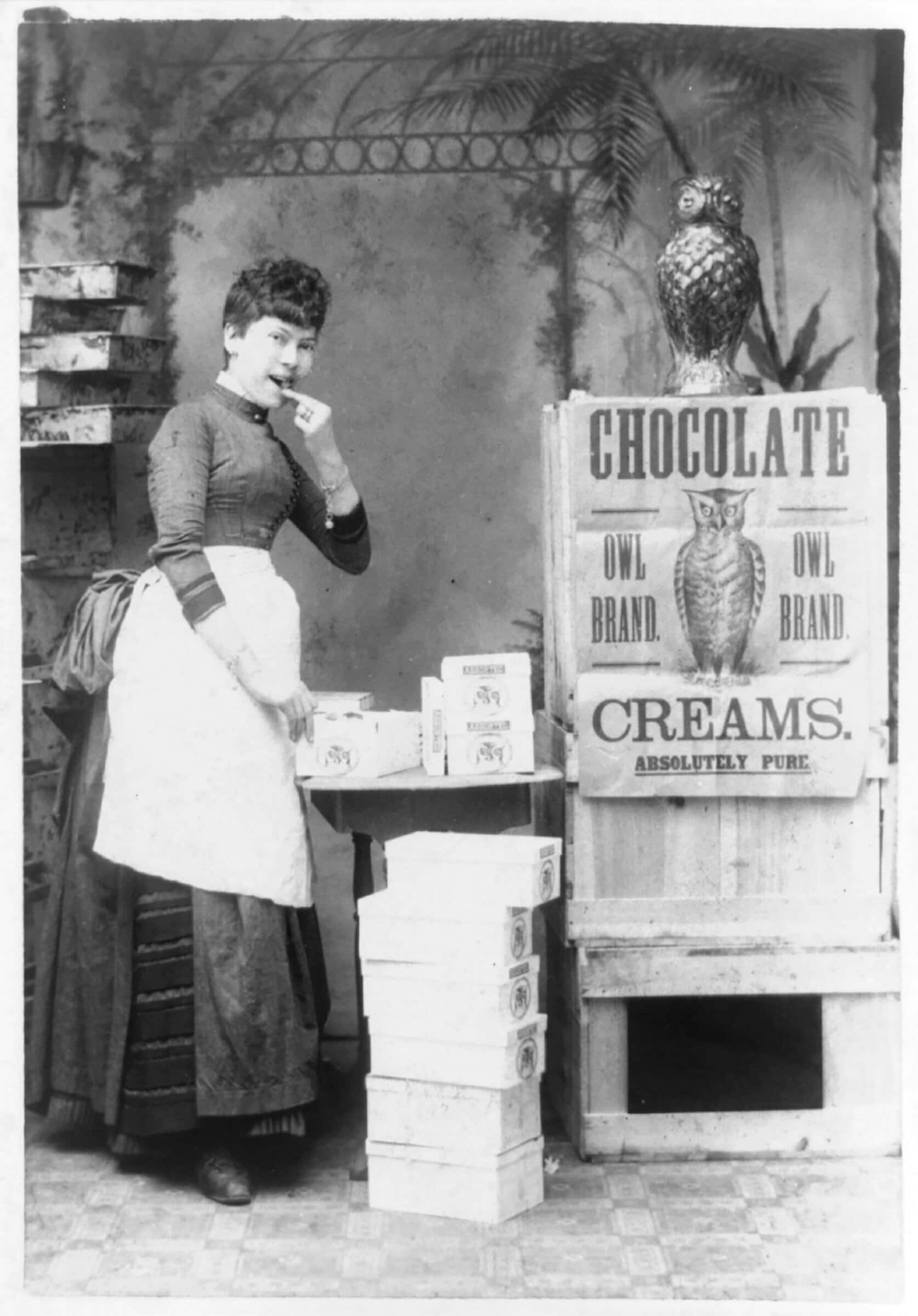As the faculty chair of the AHA Tuning project, I feel somewhat obligated to figure out ways to use the History Discipline Core. The project solicited contributions and revisions from a large number of historians, and the result is a text that combines our core values as professional historians with our practical ambitions for our students. The idea was to enable historians teaching anywhere to use the broad framework as a starting point for developing goals or outcomes that are useful for their own institutions. Great idea, but harder to put into practice.
I teach at a place that has pushed pretty hard against “measuring things” and assessment in general; discussing outcomes never works there. Though I have great optimism about the valuable synergy that comes from such disjuncture, wearing two hats—one from the Tuning project and another from my quirky liberal arts college—is often tricky. Even though we genuinely want to know if students are learning anything of value in our classes, having “experts” telling us how to assess student learning is a hard sell. Being independently minded and suspicious of ideas that come from across the quad, from the legislature, or honestly, from the AHA, we get crabby.
However, these days, when refusing to assess has actual consequences and when we have to explain to students and their parents why a history course or major is worth undertaking, we need a better alternative than digging in our heels. Because it’s easy and it presents itself as a starting point rather than a done deal, the History Discipline Core has proved useful at the departmental, course, and individual student levels. It has saved us from blowing off administrative demands that we resented but needed to take seriously (like writing learning outcomes and assessing our senior majors). It has provided us with language for starting conversations about what people are doing in their classrooms without appearing judgmental. And because of the structure the Discipline Core provides, either for us to push against or for us to push for, we had useful conversations. We found out that, in the process, we’ve learned something important about our students, our discipline, and ourselves.
The Department of History at Colorado College had its first foray into departmental assessment with our required senior essays. How could we read them more critically and develop consistent standards for grading them? How could we see patterns in what students were doing well and what they weren’t? We needed a rubric, but since no one really wanted to start from scratch and write one, we borrowed a rubric created by a less lazy department down the hall. It had phrases that looked familiar like “effective writing,” “appropriate analysis,” and “suitable citations,” and we just added a few things about primary sources. Bad idea. We were assessing things we didn’t care about and that didn’t reflect the most creative and valuable part of doing history: building narratives out of materials from the past. Using a poorly conceived rubric meant that we read a lot and didn’t find out anything useful. But we did figure out that we care about different things than other social scientists and humanists.
So we started over. The language in the Discipline Core helped us design rubrics enabling us to see what our students can do successfully as seniors writing article-length research essays and presenting research to their peers and the department. Now the rubric used words like multiple perspectives, contextualize, and revision (see sidebar). What we found was both interesting and predictable: our students wrote pretty well, but they had little idea about developing researchable questions and the research strategies to answer them, and didn’t seem to know how to enter into a historiographic debate.
Now that we have a clearer sense of where our students seem to be faltering in their senior essays, we are carefully and gently moving toward “mapping” the major so that we have a sense of where various skills and kinds of knowledge are presented to students and where they can practice them more intensely.
As we’ve begun this process, the Discipline Core gives us common language to describe skills and habits of mind. However, it isn’t particularly helpful as we think through when to teach what. What do we want students to be able to do and know at the end of their first history course? At the end of their careers as majors? This challenges us because at Colorado College, as with many history programs, we offer a very unstructured major, and we have students at all levels in most of our classes. Mostly, we want them all to get a taste for history, what it does, and why it is essential to understanding the present. How do you “assess” when they get there? We want students at the beginning level to know the difference between investigating historical problems versus sociological ones. Beginners probably don’t need advanced research skills, but maybe they need to practice interpretation of materials and contextualization. We’re still sorting that out.
Finally, history faculty have been asked to provide career counseling to students and help them imagine next steps in their lives, and the Discipline Core can help start those conversations as well. It works as a nice set of talking points in a range of settings to help students assess their own developing professional skills. Because we’ve been using common language to explain to students what they’re doing in various courses, they are much better at describing what they can do and why it matters. Our students become wonderful advocates for history, regardless of what they end up doing. That outcome makes me happy no matter which hat I’m wearing.
History Capstone Rubric
This rubric has been modified by John Williams and Jane Murphy.| Level 1 | Level 2 | Level 3 | Level 4 | |
|---|---|---|---|---|
| Argument | ||||
| Rationale/Motivation | No clear rationale or a weak rationale for the project | Some rationale presented, begins to motivate the work | Provides and discusses a suitable rationale | Persuasive and creative rationale |
| Scope/Dealing with Complexity in Framing a Topic | Frames complex questions as simple ones | Invests questions with some complexity; may oversimplify or overextend | Reasonable balance between focus and complexity | Frames the topic with a full appreciation of its complexity while retaining appropriate focus |
| Approach | Not clear what was done or why, or an inappropriate method | Approach is generally appropriate and properly executed | Well chosen and appropriate, and well executed | Creative and sophisticated methods |
| Historiographic/Theoretical Context | Author does not demonstrate awareness of the scholarly literature, may overrely on too few sources | Author demonstrates a reasonable awareness of the literature | Author demonstrates broad awareness and situates own work within the literature | Author is aware of scholarly literature, situates own work within the field, and makes a contribution to the field, or identifies a new direction for investigation |
| Position/Thesis | Does not take a clear or defensible position or draw a clear conclusion | States and/or critiques a position that may already exist in the literature | Thoroughly and effectively supports, tests, extends, or critiques a position that may already exist in the literature | Develops a clear and defensible position of his/her own; draws a significant conclusion |
| Argumentation | Weak, invalid, or no argument, perhaps a simple assertion | Some arguments valid and well supported, some not | Main arguments valid, systematic, and well supported | Arguments both well supported and in conversation with conflicting explanations |
| Sources/Research | ||||
| Location | Sources located too few or inappropriate for stated project | Sources located of reasonable range, but may be limited in number or kind | Source base wide ranging and thorough; demonstrates effective use of bibliographic tools | Source base complex and extensive, and compiled using creative and sophisticated methods |
| Selection | Selected sources inappropriate for investigation of stated problem | Some sources address stated problem but others are inappropriate; source base may lack key or relevant sources | Sources selected are appropriately relevant and extensive enough to allow exploration of stated problem | Creative and sophisticated source selection that brings new sources to bear on question, or brings new questions to better-known sources |
| Analysis and Interpretation | Draws on little or no evidence, treats related evidence as unrelated, or draws weak or simplistic connections | Some appropriate use of evidence, but uneven; begins to establish connections and implications of source material | Feasible evidence appropriately selected and not overinterpreted; brings together related sources in productive ways; thoroughly discusses implications of sources | Fully exploits the richness of the sources and is sufficiently persuasive in analysis; develops insightful connections and patterns that require intellectual creativity |
| Writing Mechanics | ||||
| Grammar and Spelling, Usage | Significantly impairs readability | Frequent or serious errors | Some minor errors | Virtually no errors |
| Organization | Needs significant improvement | Structure is of inconsistent quality; may be choppy and/or have redundancies or disconnections | Structure supports the argument; clearly ordered sections fit together well | Structure enhances the argument; strong sections and seamless flow |
| Clarity, Style, Readability (as Appropriate to Genre and Discipline) | Gets in the way of reading for content | Beginning to be comfortable with appropriate conventions, though style is inconsistent or uneven | Effective prose style; follows relevant scholarly conventions; emergence of voice | Mastery of the genre, including elegant style, established voice |
This work is licensed under a Creative Commons Attribution-NonCommercial-NoDerivatives 4.0 International License. Attribution must provide author name, article title, Perspectives on History, date of publication, and a link to this page. This license applies only to the article, not to text or images used here by permission.



